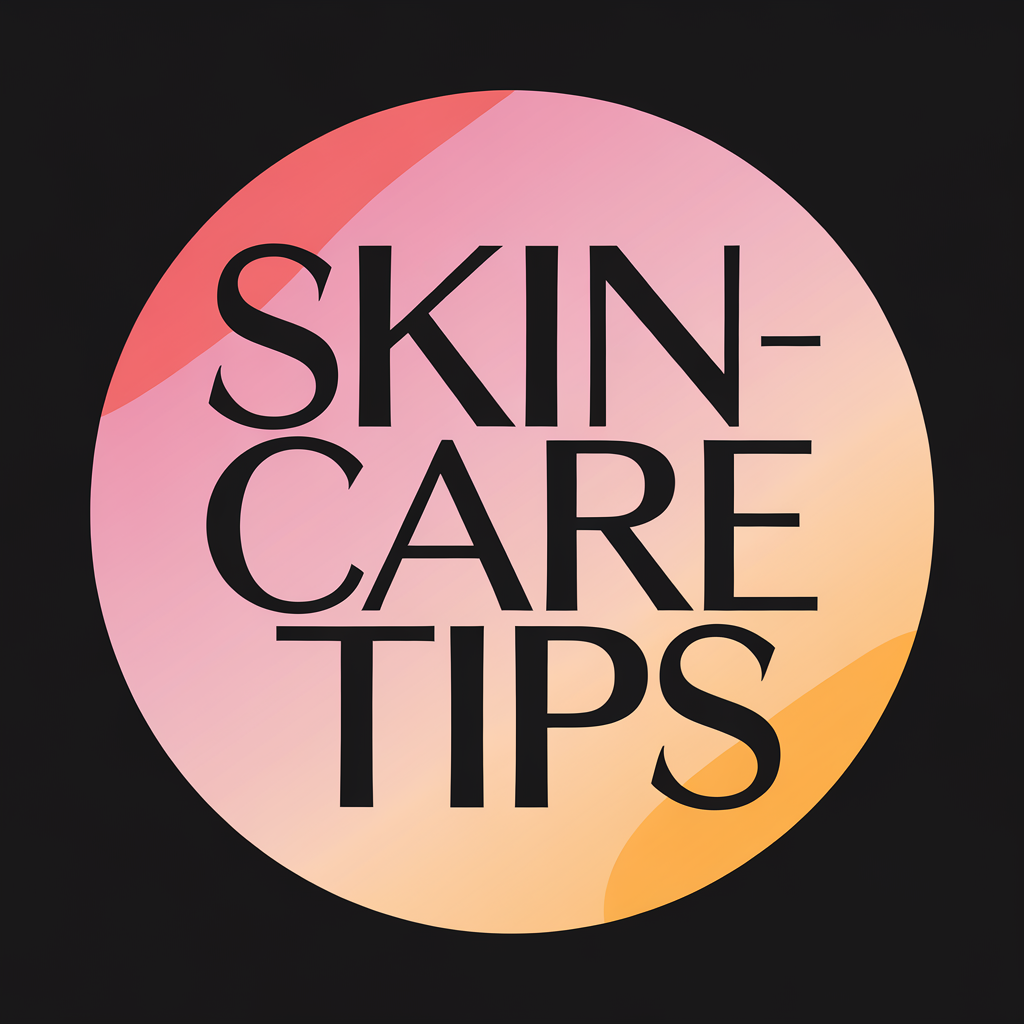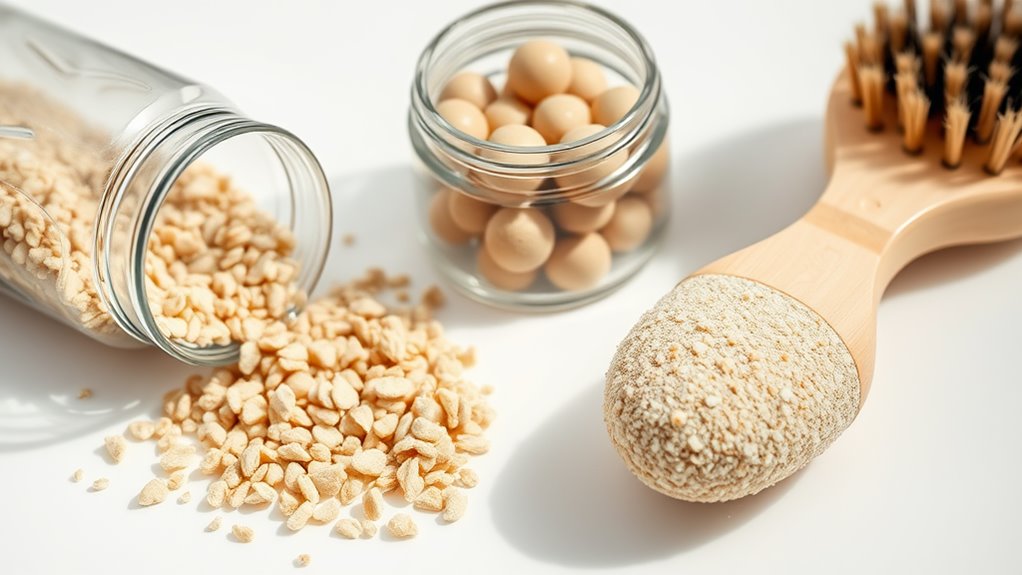These 3 Exfoliators Are Too Harsh for Most Skin Types
You’ve likely encountered microbead exfoliators, glycolic acid peels, or salicylic acid treatments in your skincare routine, but they’re often too harsh for most skin types, causing irritation and barrier damage. As you consider the risks, you’ll want to learn why gentler alternatives might be essential.
Key Takeaways
- Microbead exfoliators are too harsh due to non-biodegradable particles that cause skin irritation and environmental harm.
- Glycolic acid exfoliators penetrate deeply, leading to burning, redness, and barrier disruption in most skin types.
- Salicylic acid exfoliants often cause irritation, dryness, and inflammation, making them unsuitable for sensitive skin.
- Warning signs of overuse include burning, peeling, and increased breakouts, indicating potential skin damage.
- Opt for gentler exfoliators, patch-test products, and consult a dermatologist to avoid harsh effects on your skin.
Microbead-Based Exfoliators and Their Drawbacks
Microbead-based exfoliators use tiny plastic particles to slough off dead skin cells, offering a quick polish for various skin types.
However, you must avoid these exfoliants, as they pose significant risks.
They’re non-biodegradable, polluting waterways and harming marine life, which underscores their environmental drawbacks.
On your skin, the abrasive particles can create micro-tears, increasing irritation and infection potential, particularly for sensitive or compromised types.
As scientific evidence shows, opting for safer alternatives protects both your health and the ecosystem, making microbead-based products key exfoliants to avoid.
Instead, consider chemical exfoliators that are generally gentler and more suitable for a wider range of skin types.
Glycolic Acid: A Common Culprit for Skin Irritation
Glycolic acid, a potent alpha-hydroxy acid derived from sugar cane, frequently irritates skin when used in exfoliators.
You might feel a burning sensation or see redness as its small molecules penetrate deeply, disrupting your skin’s protective barrier.
This leads to increased sensitivity, dryness, and potential inflammation, especially if you’re using high concentrations.
To protect your skin, always patch-test products and consider your skin type before application.
While glycolic acid offers exfoliation benefits, its harshness makes it unsuitable for most, so you should seek gentler options for daily care.
Moreover, using glycolic acid can exacerbate signs of compromise, such as frequent breakouts and heightened sensitivity, which are key indicators of a damaged skin barrier.
Salicylic Acid Exfoliants: When They Overwhelm Sensitive Skin
Salicylic acid, a beta-hydroxy acid derived from willow bark, often overwhelms sensitive skin in exfoliants by deeply penetrating pores and triggering irritation.
You may experience redness, dryness, or stinging as it disrupts your skin’s barrier, leading to inflammation or exacerbated conditions like eczema.
It’s essential to approach these products cautiously for your skin type.
- Spot early warning signs: You’ll notice burning or peeling, signaling overuse.
- Opt for milder options: Choose formulations with under 2% concentration to reduce risk.
- Test carefully: Always patch test on a small area before full application.
- Seek expert guidance: Consult a dermatologist if irritation persists, ensuring safer routines.
To avoid long-term issues, always monitor for warning signs that indicate excessive exfoliation is occurring.

